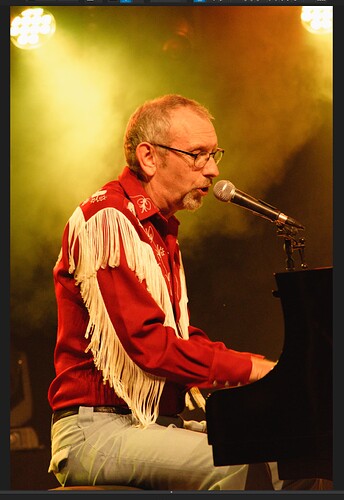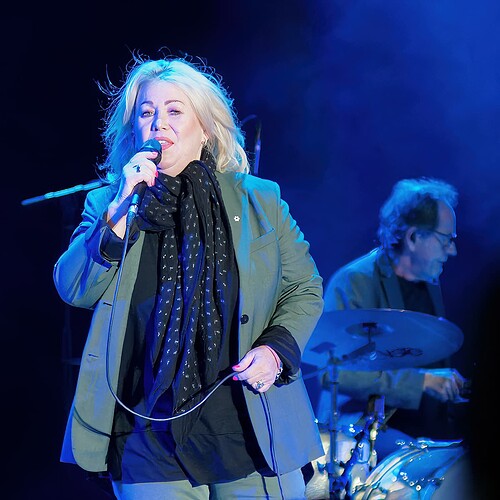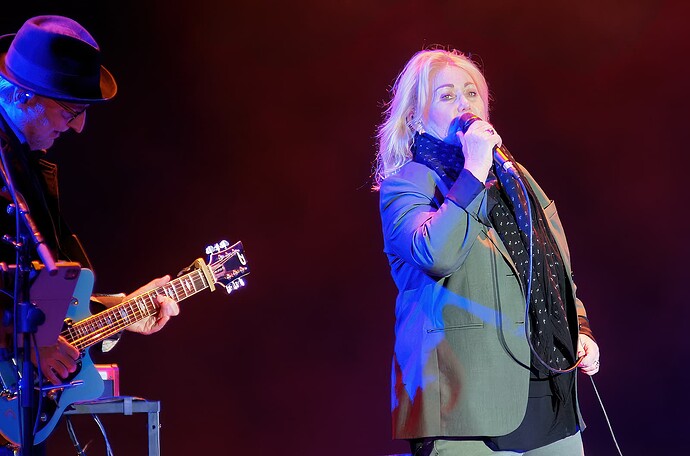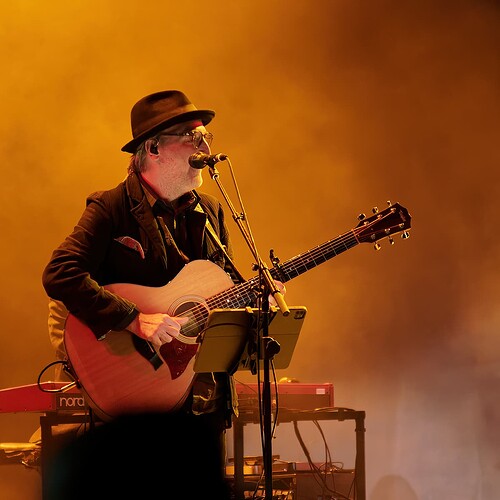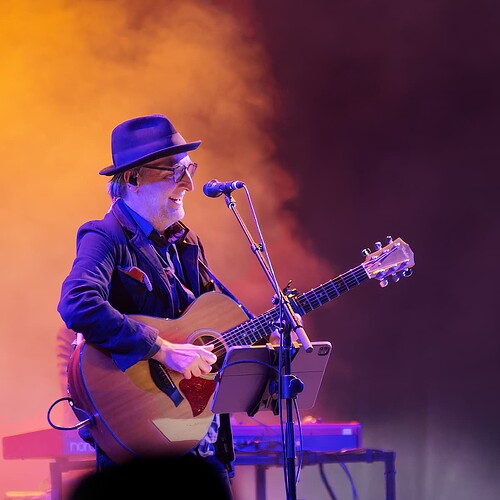Hi all. First, thanks to all for your ideas and suggestions. It helped me understand the problem further.
I asked the dance teacher if I could share a couple photos with other photographers online to discuss editing tips and am waiting for a response. I suspect she has to ask the students (if adults) or their parents (if minors).
@Platypus, your suggestion about saturation helped directly with the color problem I was asking about. It is a mix of things, and I am probably trying to solve a problem that doesn’t exist. The real problem is over-exposure (see more below). The over-exposure is washing out the red, green or whatever color the floodlight is throwing on the subject. When I reduce the exposure/highlight, it is now revealing the color of the floodlight. I was thinking of this color as a problem but perhaps it is not, as others have pointed out.
@Joanna, your response addresses the over-exposure problem. I am working on how to better expose with center-weighted metering. The challenge is that I need to point the AF area on the subject to meter. This moves the framing. Instead of moving the camera, I could also move AF point using joystick but usually there is not enough time. The highlight metering in Panasonic cameras is proving not helpful because it is picking the brightest spot in the frame (often not the dancer’s face) and rest of the frame is dark. Some details like the dancer’s costume are lost. If it was “highlight weighted” then it would have helped.
Your suggestion about fixing the WB at 5600K is worth trying. I will give it a shot next time. I understand the resulting colors will be whatever the lights do but as others pointed out that’s what the stage producer intended.
@Wlodek and @JoPoV, your questions made me think about the stage lighting. Maybe, I am trying to solve what is not a problem. After addressing the over-exposure issue, I will try to leave the color effects from lighting as is and see how it goes. You do have a point about camera amplification of R/G/B channels. I feel Panasonic is saturating reds more, while my Nikon DSLRs in the past saturated greens more.
@Allan, your first two photos demonstrate to some extent my original question but in my case, they are over-exposed. In your first shot, I believe the brightest area is by blue light. In the second one it is the red light. Overall, I am thinking that correct exposure while shooting, and may be reducing red saturation just a bit will help.
Thank you all for sharing different thoughts/ideas because it helped me understand the problem and not just fix what may not be a problem.
